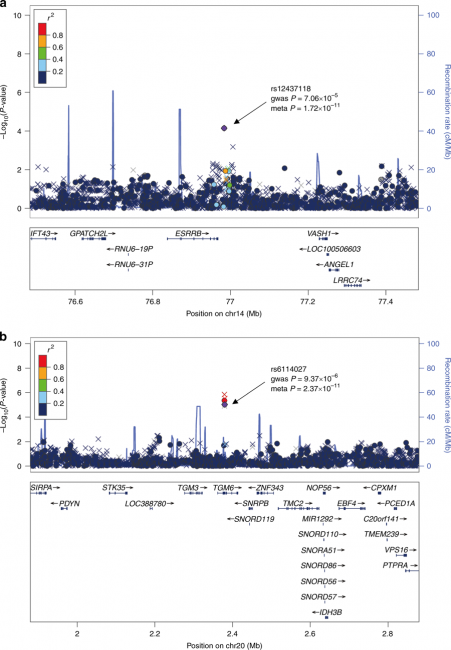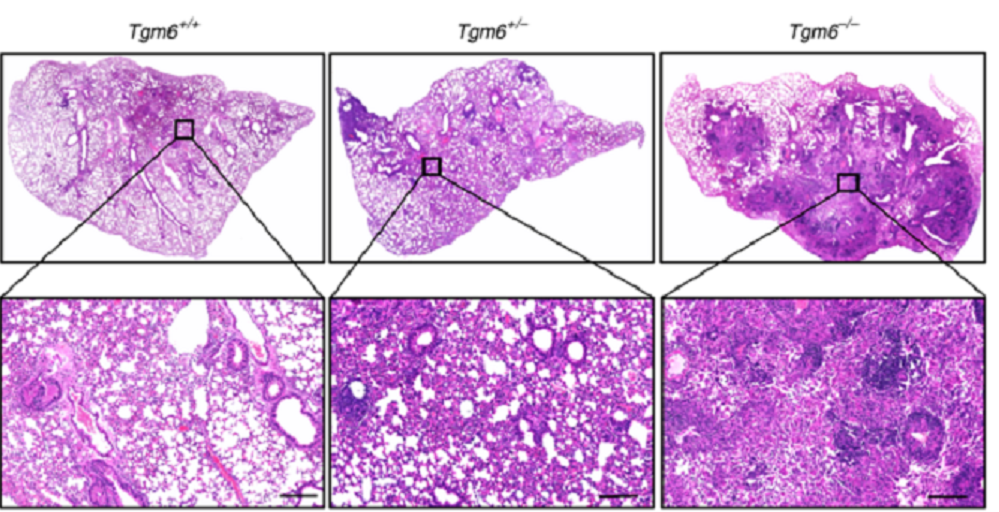A research paper entitled “Genome-wide Association Study Identifies Two Risk Loci for Tuberculosis in Han Chinese” was published online in Nature Communications on October 4th by the research team headed by GE Baoxue, a professor from the university’s School of Medicine and Shanghai Pulmonary Hospital of Tongji University. In the paper, TGM6 and ESRRB, two new susceptibility loci for TB , were identified for the first time, which provided new targets and theoretical support for pathogenesis research and individualized diagnosis and treatment. Led by Professor GE, the research was jointly completed by Shanghai Jiao Tong University, Shenzhen Huada Gene Research Institute, Shenzhen University and the Sixth People’s Hospital of Nantong.
In order to explore the new susceptibility loci for TB, GE's team conducted a three-stage GWAS research on three independent Han Chinese population (8039 samples included), discovering that new risk loci, rs12437118 and rs6114027 were significantly correlated with TB. These susceptibility loci were located in TGM6 and ESRRB respectively. In addition, the expression of TGM6 decreased in TB patients with rs6114027 locus C allele, and the level of sIL-2R in plasma increased, the level of IL-6 decreased, and the amount of bacteria carried in sputum smears increased, suggesting that this SNP site was a new susceptibility loci site for TB. Finally, tgm6 knockout mice constructed by CRISPR/Cas9 gene editing technology and animal models of mycobacterium TB infection were used to confirm that tgm6 played an important role in the pathogenesis of TB. The research provided opportunities for development of anti-tTB drug targets, and for prophylaxis, diagnosis and treatment of TB. It laid a foundation for accurate diagnosis and treatment of tuberculosis.
Dr. ZHEN Ruijuan, an assistant research fellow of Shanghai Pulmonary Hospital, Dr. HE Fusheng from Shenzhen Huada Gene Research Institute and Dr. LI Zhiqiang from Shanghai Jiao Tong University were the co-first authors of the paper while Professor GE Baoxue the corresponding author. Meanwhile, LIU Haipeng, an associate research fellow of Shanghai Pulmonary Hospital, Professor SHI Yongyong from Shanghai Jiao Tong University and Professor SUN Silong from Shenzhen Huada Gene Research Institute were co-corresponding authors.


Original link: https://www.nature.com/articles/s41467-018-06539-w